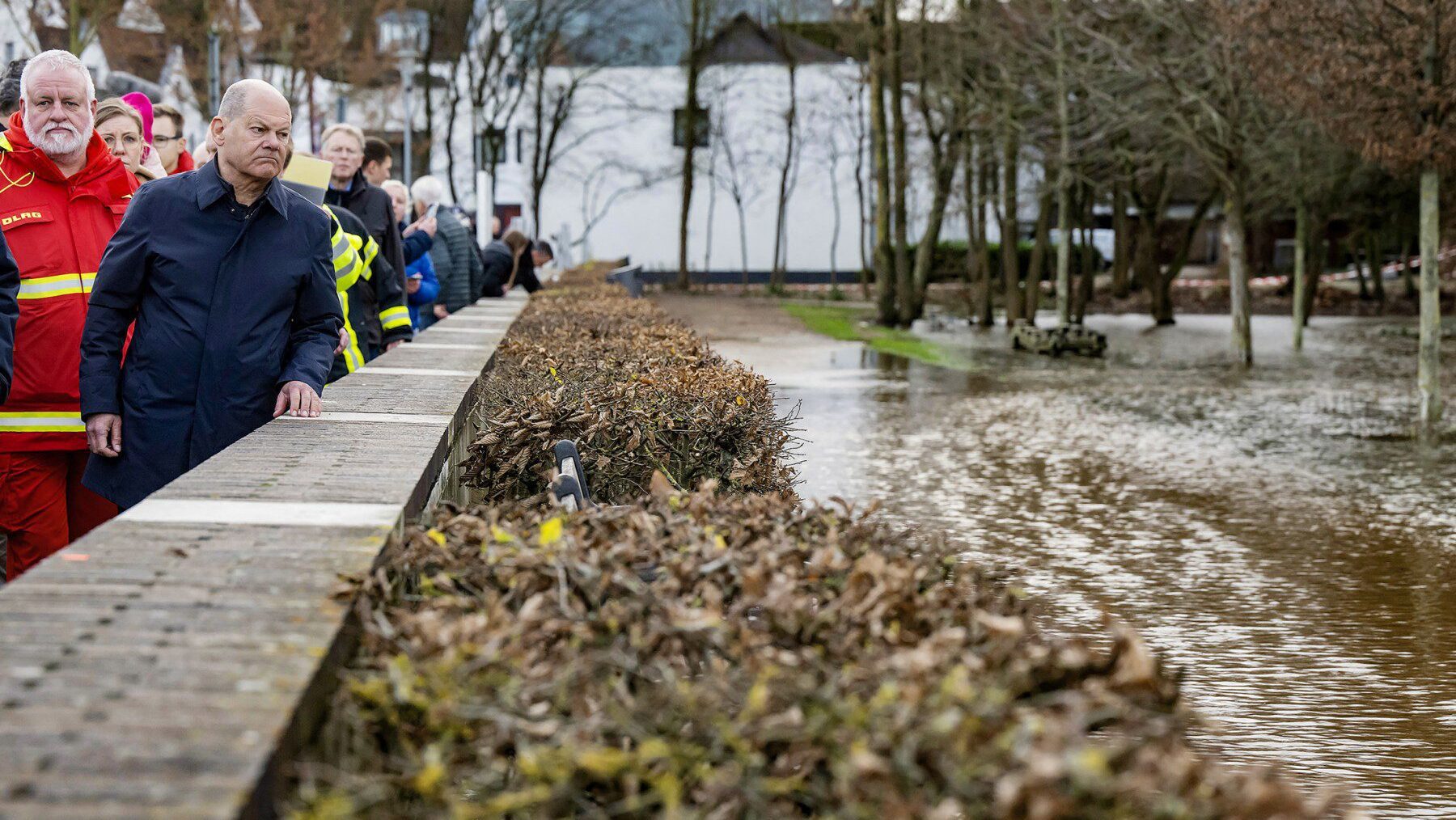Poor dam management has contributed to the historic flood devastating Germany, internal reports from official agencies reveal. German and Austrian media have questioned whether climate panic scenarios about disastrous droughts have influenced authorities to make decisions that led to catastrophic outcomes.
Heavy rain in late December and early January caused rivers in several parts of the country to burst their banks. The floods have left a dozen people dead. Towns have been evacuated, residences flooded, and many hectares of crops lost.
The region of Lower Saxony in northwest Germany has been hit the hardest. In December 2023, 166 millimeters of rain fell, the highest level since records began in 1881, and more than double the average December rainfall. Dikes have been reinforced with sandbags as many are threatening to burst, which would be truly catastrophic.
Bild reports that poor management of the dikes in the face of the wet December is contributing to the current disaster. The German tabloid asks, “Did the authorities make the flood worse?” through their “fears of dry summers”.
Dams serve several purposes: winter flood management, summer water reserves, and often provide hydroelectricity as well. Following dry summers, when the water wells in some reservoirs dropped so low the ruins of the villages flooded during their creation became visible, the dam authorities created a new five-year plan that increased winter water storage to keep reservoirs higher during summer. But 2023 turned out to be a wet year. Still, dam managers stuck to their plan.
According to Bild, two authorities wrote at the end of November: “A wet management year like 2023 should not lull us into a false sense of security. Climate change is evident and there will be more and more phases of great drought in the future.”
One of them was the management authority of the Edlesperre Dam in Hesse. The Ederalsperre was built over 100 years ago under Kaiser Wilhelm II to supply the Weser and Mittelland Canals with enough water in summer, but also for flood protection of the cities on the Eder, Fulda, and Weser in winter.
Over the last few days, 800 bathtubs of water—120 cubic meters—per second have had to be drained from the overfull dam to prevent the dike from giving way. According to national broadcaster Hessischer Rundfunk (NDR), that amount of water is ten times the inflows from constant rain. The lock operators had to get rid of water quickly as the situation had reached level 3 warnings, the highest alert level.
The Ederalsperre is not the only dam that was already high with water before the heavy rains fell at the end of December. The dams were also full in the Harz Mountains where they store drinking water for summer.
Also according to NDR, on December 22th, the dams were 88 percent full, compared to only 42 percent in the previous year. But the operators, the Harz-Wasser-Werke proudly wrote, according to Bild, “Up to around 182 million cubic meters of the wet material can be stored here.”
On December 26th, the Okertalsperre in the Harz overflowed at 102% capacity.






